Democrats have excelled in special elections - what does that mean for the midterms?
Strong Democratic showings in special elections hint at momentum for the 2026 midterms, but redistricting and turnout pose risks.
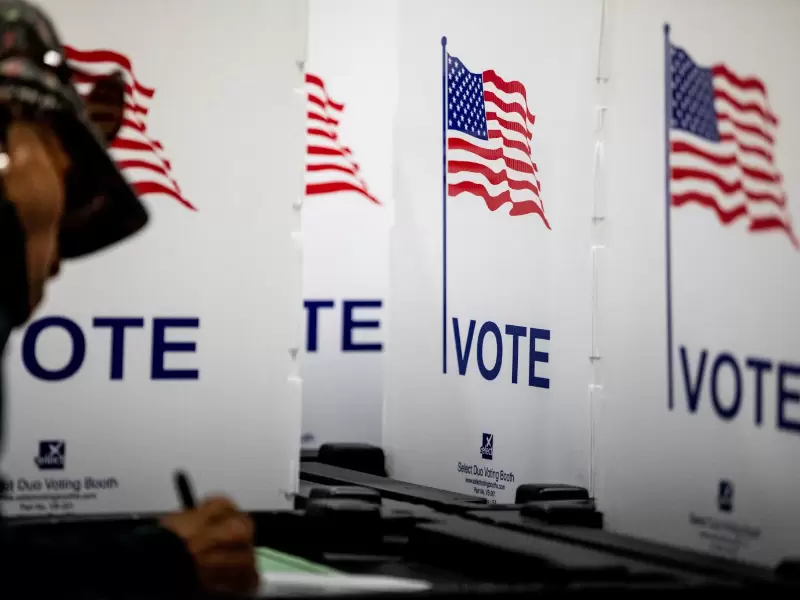 FILE PHOTO: A person votes in the 2024 U.S. presidential election on Election Day at Pasteur Elementary School in Detroit, Michigan, U.S., November 5, 2024. / REUTERS/Emily Elconin/File Photo
FILE PHOTO: A person votes in the 2024 U.S. presidential election on Election Day at Pasteur Elementary School in Detroit, Michigan, U.S., November 5, 2024. / REUTERS/Emily Elconin/File Photo
Out of power since Donald Trump took office and deeply unpopular in opinion polls, Democrats are clinging to a glimmer of hope ahead of the 2026 midterm elections: a string of impressive finishes this year in more than three dozen special elections.
In 42 state legislative and U.S. congressional races across 18 states in 2025, Democrats have improved their margins by an average of more than 15 percent over the gap between Trump and Democrat Kamala Harris in the same districts last year, according to data collected by the political website The Downballot. The Democratic nominee has outdistanced Harris in all but six of those contests, including in deeply conservative areas.
The results suggest Democrats are on track to win back a majority in the U.S. House of Representatives in next year’s midterms, according to electoral analysts, who say there is a documented correlation between special election results and midterms.
But there are caveats.
Also Read: National Guard begins patrol near Chicago as two courts weigh Trump deployments
Republicans in several states, notably Texas, have either redrawn congressional maps to target Democratic incumbents or are considering doing so, a process that could net the party 10 seats or more if Democrats cannot counter with their own redistricting efforts.
The midterm elections are more than a year away—an age in normal political circumstances and a virtual lifetime in the breakneck Trump era. And there is no guarantee that the relationship between special elections and the midterms holds true, with Trump reshaping political norms almost daily.
Unlike the House, the U.S. Senate appears likely to remain in Republican hands; Democrats would need to defend several competitive seats while also winning in at least one state that Trump carried by a double-digit margin to capture a majority.
Off-cycle elections draw most engaged voters
Special elections are called to fill a vacancy—caused by death, resignation or another unusual event—and do not always occur in November, when most U.S. statewide and federal elections are scheduled. They typically draw fewer voters than regular elections, and those who do cast ballots tend to be the most politically engaged, rather than representative of the broader electorate.
At the same time, special elections offer a measure of which party's supporters are the more motivated.
"Special election overperformance has historically been a pretty good indicator of what will happen in the next year's midterm," said Nathaniel Rakich, a writer who served as the senior elections analyst for the now-defunct political data site FiveThirtyEight.
In the most recent example, Arizona Democrat Adelita Grijalva won a House seat vacated by her late father on Sept. 17 by 40 percentage points, nearly double the margin that Harris carried the same district. Turnout was around 36 percent of the district's 2024 turnout for president.
Thus far, the cycle is reminiscent of 2017-18, during Trump’s first term, when Democrats improved on their 2016 presidential margin by an average of 10.6 points across 119 special elections, according to The Downballot. The party would gain 41 House seats in 2018 and win a majority.
Democrats need to flip three Republican-held districts in 2026 to recapture control of the 435-seat House. Historically, the party that holds the White House loses seats in midterm elections.
Anger is motivating for democratic voters
Mike Marinella, a spokesperson for the Republican Party’s congressional campaign arm, questioned the notion that low-turnout special elections signified future Democratic wins.
"If Democrats had a real message, beyond higher taxes, chaos, and fighting harder for illegal immigrants than for American families, they wouldn't need to spend money on special elections to pretend a blue wave is coming," he said.
Still, the sheer size of Democratic overperformance augurs well for the party's chances, experts said.
"The magnitude is probably important," said Kyle Kondik, an elections analyst with the University of Virginia's Center for Politics.
Viet Shelton, a spokesperson for the Democratic Congressional Campaign Committee, said the party’s consistent performance in special elections was sending a "clear message" about voters' feelings toward Republican policies.
Both parties will get additional data points in November, when New Jersey and Virginia hold races for governor.
In the past, the consensus was that low turnout helped Republicans, while high turnout benefited Democrats. Trump, however, has upended that conventional wisdom, with polls showing less reliable voters were more likely to support him in 2024.
Republicans have acknowledged they will struggle in 2026 unless they can convince many of those low-propensity Trump voters to return to the polls without his name atop the ballot.
"The political problem on the Republican side of the aisle is how to get our base to vote in off-cycle elections," Vice President JD Vance said on social media earlier this year.
While Trump's approval ratings are underwater, those for Democrats are even worse, polls show. But the party's poor ratings may not have much of an impact on the outcome next year.
Many Democratic voters are frustrated by the party’s inability to stymie Trump’s agenda, but that same frustration will likely drive them to the polls to cast ballots against Republicans, experts said.
Indeed, the resentment among Democratic voters is likely a key factor driving the party's special election performance thus far in 2025, analysts said.
"Anger is a more motivating factor than happiness," Rakich said.
ADVERTISEMENT
ADVERTISEMENT
E Paper
Video



 Reuters
Reuters


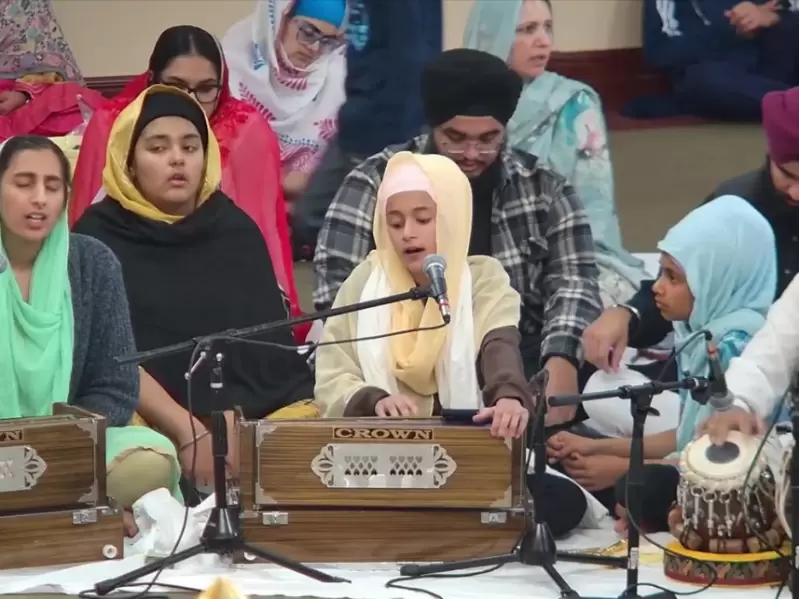
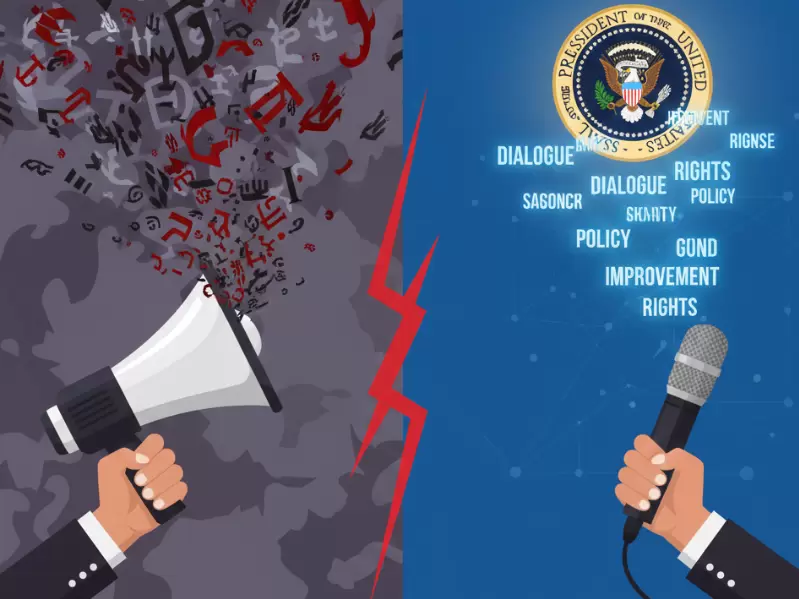

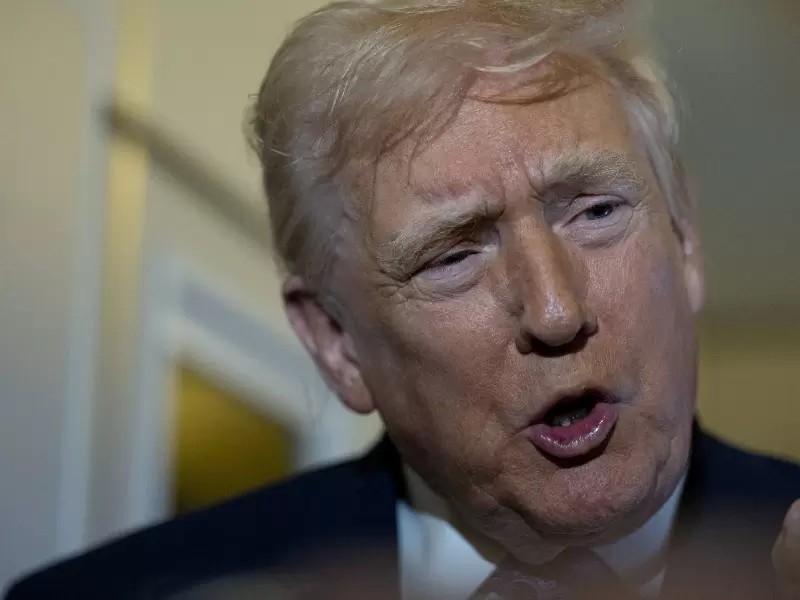
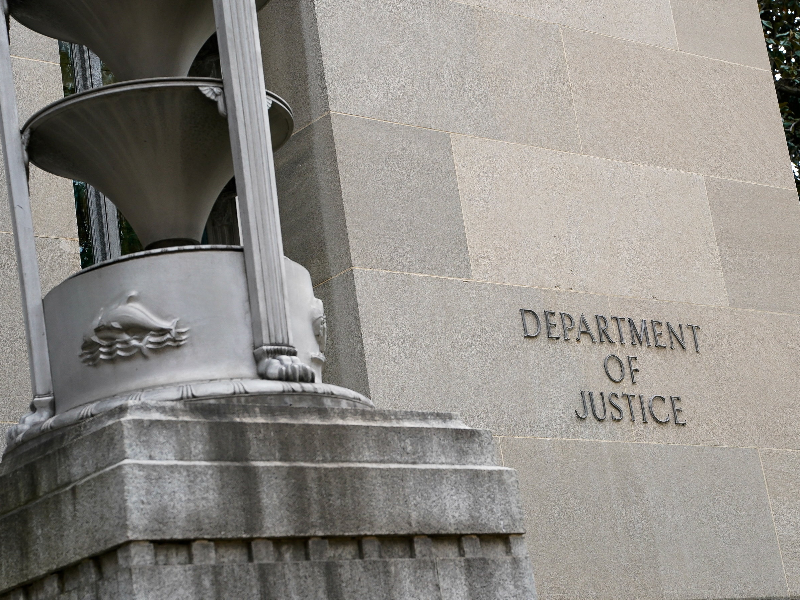

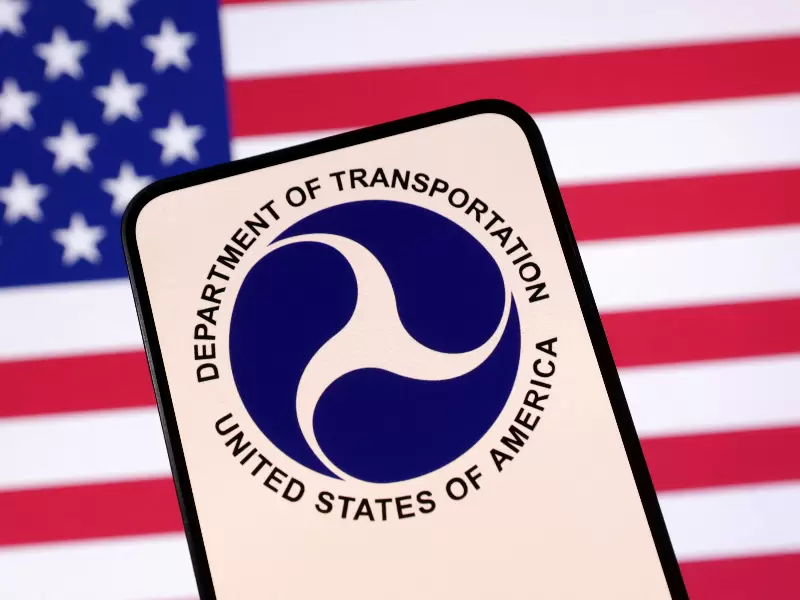



Comments
Start the conversation
Become a member of New India Abroad to start commenting.
Sign Up Now
Already have an account? Login